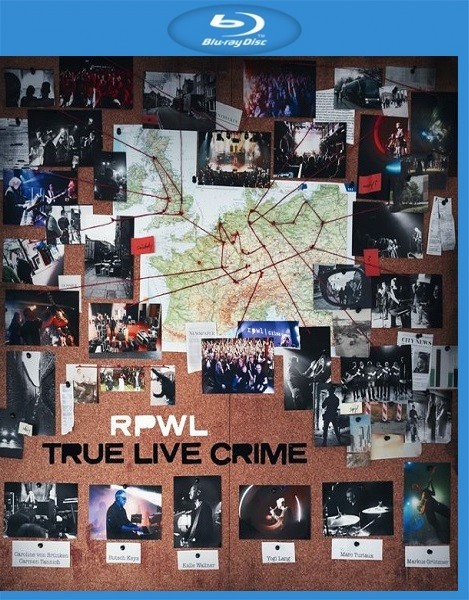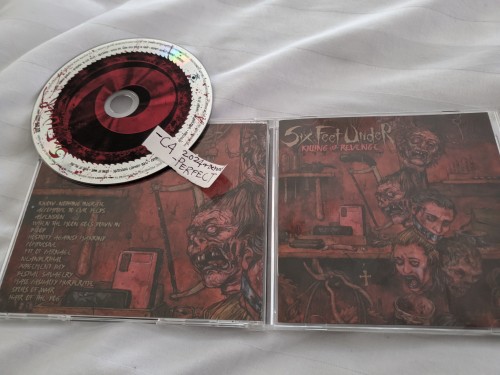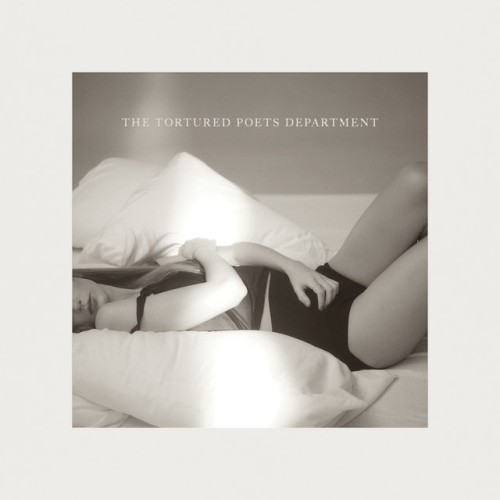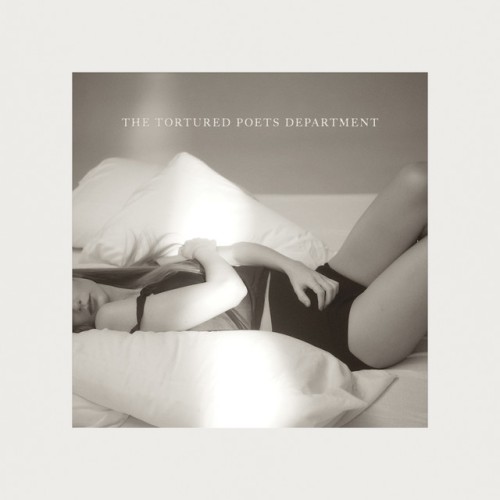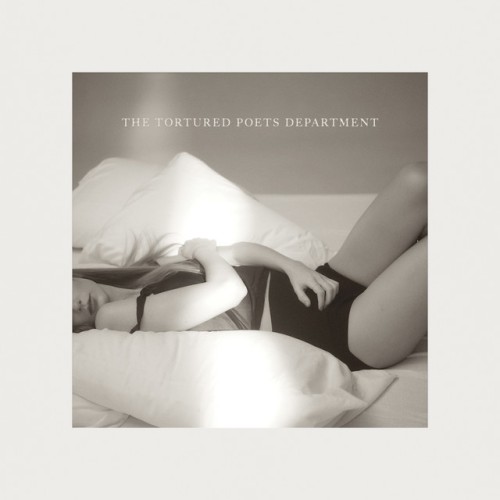
Gerhard Oppitz, Bamberger Symphoniker, Marc Andreae – Schumann: Works For Piano & Orchestra (2012)
SACD ISO (2.0/MCH): 3,57 GB | 24B/88,2kHz Stereo FLAC: 1,19 GB | Full Artwork
Label/Cat#: Tudor # 7181 | Country/Year: Switzerland 2012 | 3% Recovery Info
Genre: Classical | Style: Romantic
Coming on a generously filled disc, this contains many accounts that must be held in the highest regard. In the concerto, despite the use of a full symphony orchestra, the wonderful direction of Marc Andrae (clearly living up to his billing as Schumann specialist) makes light of the many difficulties that face the orchestra (arguably more challenging than for the pianist!) and of the textures so that all aspects of the score are easily heard. Big, bold and full of Romantic ardour in the first movement, Oppitz and Andrae find plenty of tenderness in the slow movement before dancing away in the finale. All memories of Perahia/BPO/Abbado (Sony RBCD) are eclipsed, especially by employing antiphonally placed violins, and the sound is of course, far preferable. The only account still lingering in my memory is that of Lipatti’s but (sound apart) the orchestral contribution is not recognisable as Schumann as we hear it best today.
Included as encores are all Schumann’s concertante works for piano and orchestra including the Konzertstuck Op. 86 that is more normally heard for 4-horns instead of piano. First up is the Konzert-Allegro Op. 134 which shares something of the stormy nature of the concerto’s first movement despite the gap of 8 years that had elapsed. The contribution of Oppitz is similarly committed as in the concerto as is that of the Bamberger Symphoniker (also granted the title of Bayerische Staatsphilharmonie but it’s only one orchestra playing!) under Marc Andrae.
The Konzertstuck Op. 86 has been very effectively transcribed by Schumann for piano instead of the four horns. Indeed one suspects that this is an embellished version of the original “working copy” of the manuscript from which he transcribed parts for the horns. The sheer range of orchestral texture that Andrae obtains here is exemplary with weight in the opening before a much lighter, clearer texture later in the opening movement. Oppitz gives a barnstorming account here in the opening movement, lyrical when called but the virtuoso passages take ones breath away! The yearning of the Romanze is perfectly captured by the orchestral soloists and neatly reflected in the piano playing of Oppitz – beautiful stuff indeed. Back into the faster material of the finale finds all the protagonists on their mettle and it’s a joy to listen to such fabulous teamwork. The final “encore” is given equally vivid treatment, both in the probing Introduction and the dramatic and (again) virtuostic Allegro appassionato.
The sound is every bit as good as the playing – all players are just “there” and all the highlighting of textures and balance adjustments are obviously not the work of the engineers.
Enormously recommended.
Copyright © 2012 John Broggio and SA-CD.net
Read more
Gerhard Oppitz – Schumann: Piano Works (2023)
FLAC (tracks) 24 bit/96 kHz | Time – 02:22:31 minutes | 2,23 GB | Genre: Classical
Studio Masters, Official Digital Download | Front Cover | © haenssler CLASSIC
Within the realm of Romantic piano music, where new discoveries are constantly just around the corner, the contribution of Robert Schumann has always played a major part. True, he cannot rival the aura of Chopin’s works, of which Ignaz Friedman asserted that not only had Chopin opened the piano with them, he had closed it again. (Schumann paid his own tribute in his reverent review of Chopin’s op. 2 of 1831, the Variations on Mozart’s “Reich mir die Hand, mein Leben”). Nor did Schumann embed in the history of piano playing such milestones of technical mastery and manual dexterity as Liszt who – inspired by Paganini’s concerts and enabled by the double-escapement action developed by Sébastien Erard in 1821 – had practically reinvented the instrument by the time he wrote his Etudes d’exécution transcendante in 1837. And neither the sprightliness of Felix Mendelssohn’s keyboard idiom nor Charles-Valentin Alkan’s exaltation of virtuosity are characteristic of Schumann’s piano music, even if he proves in his Abegg Variations op. 1 (1830) and his Toccata op. 7 (1832) that he brilliantly commanded both approaches to the instrument.
Read more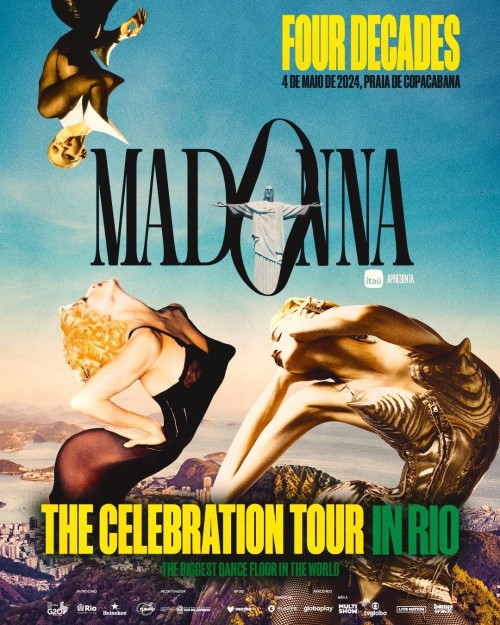
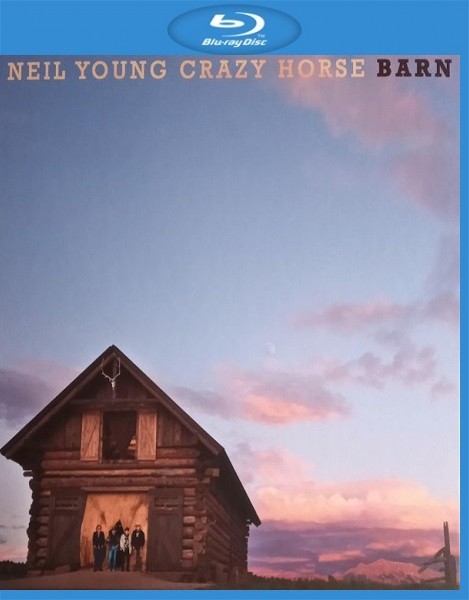
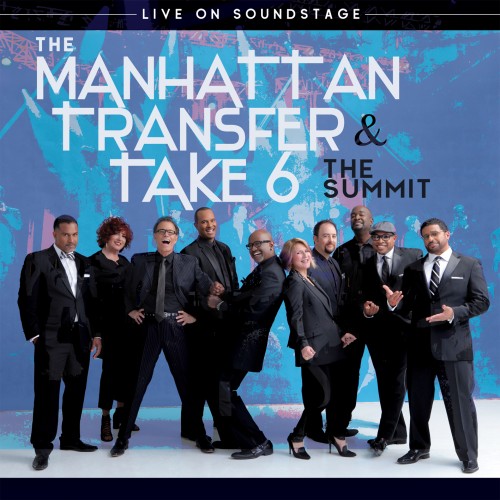
![King Crimson - Larks’ Tongues in Aspic (40th Anniversary Edition) (1973/2023) [High Fidelity Pure Audio Blu-Ray Disc]](https://imghd.xyz/images/2024/05/12/138741_front.md.jpg)

